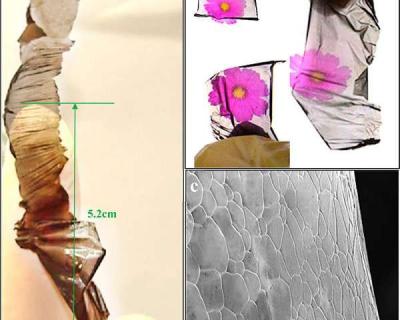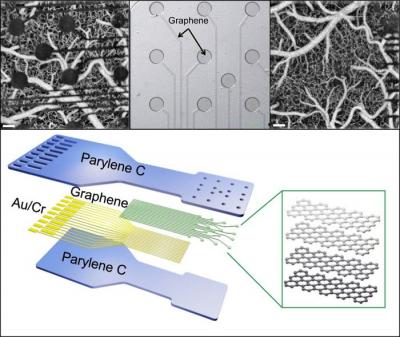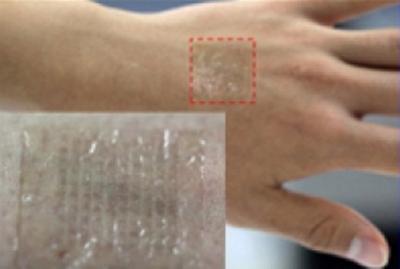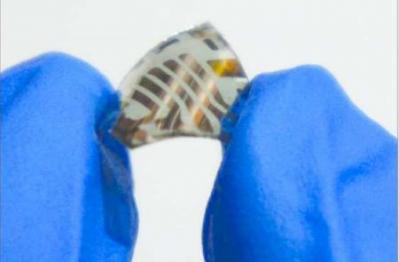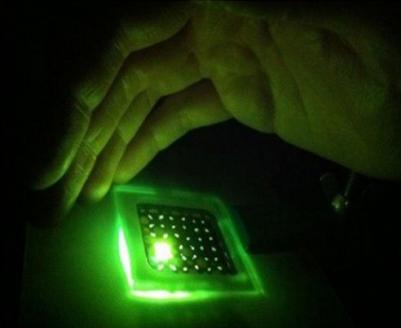Graphene shows promise for wearable electronics
An international team of scientists, including ones from the University of Exeter, the Institute for Systems Engineering and Computers, Microsystems and Nanotechnology (INESC-MN) in Lisbon, the Universities of Lisbon and Aveiro in Portugal and the Belgian Textile Research Centre (CenTexBel) designed a new technique for embedding transparent and flexible graphene electrodes into fibers commonly used in the textile industry.
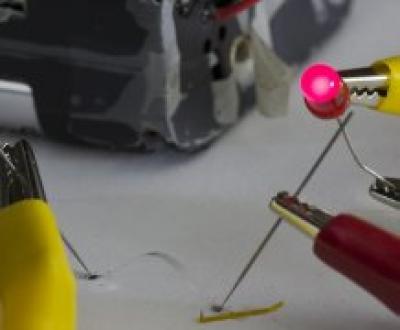
This could lead the way to creating wearable electronic devices such as clothing containing computers, phones and MP3 players, which are lightweight and durable. The scientists state that the possibilities for its use are endless, including textile GPS systems, biomedical monitoring, personal security or even communication tools for the sensory impaired.
